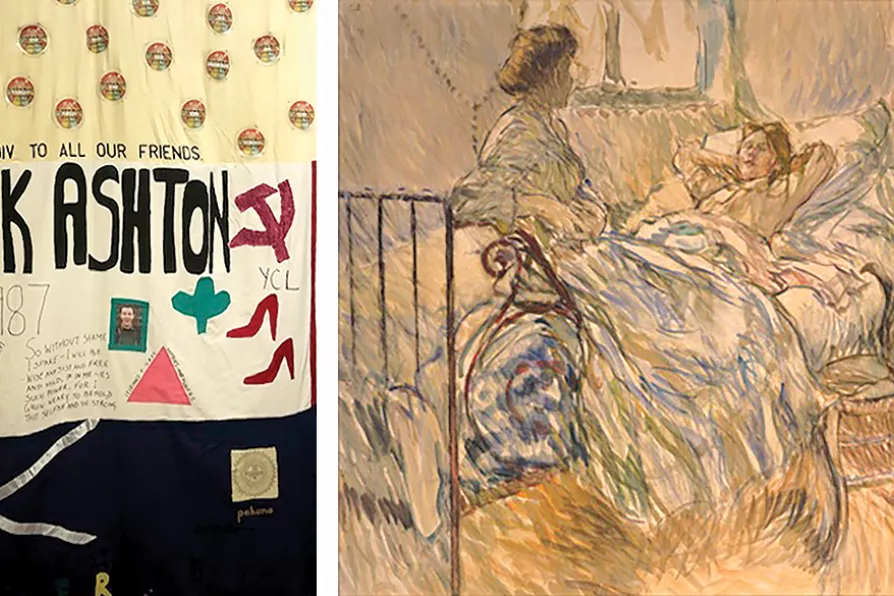MARIA DUARTE picks the best and worst of a crowded year of films
Positive discrimination
PAUL FOLEY examines how the Whitworth is attempting to engage with sexual minorites

 (L to R) A banner celebrating of Mark Ashton; Frances Hodgkins, The Convalescent, 1912
[Whitworth Art Gallery]
(L to R) A banner celebrating of Mark Ashton; Frances Hodgkins, The Convalescent, 1912
[Whitworth Art Gallery]
(Un)Defining Queer
Whitworth Art Gallery, Manchester
DOES an individual’s gender, sexuality, race, colour or disability define the way they look at or appreciate art?
Have art galleries and museums adapted to be more inclusive and engaging with all communities within society? If not why not? And if so, what does this adaption look like?
These are some of the discussions around re-imagining art and how it is presented in galleries and museums.
Similar stories

KEVIN DONNELLY accepts the invitation to think speculatively in contemplation of representations of people of African descent in our cultural heritage

NICK MATTHEWS previews a landmark book launch taking place in Leicester next weekend

While the group known as the Colourists certainly reinvigorated Scottish painting, a new show is a welcome chance to reassess them, writes ANGUS REID

ANDY HEDGECOCK relishes two exhibitions that blur the boundaries between art and community engagement










